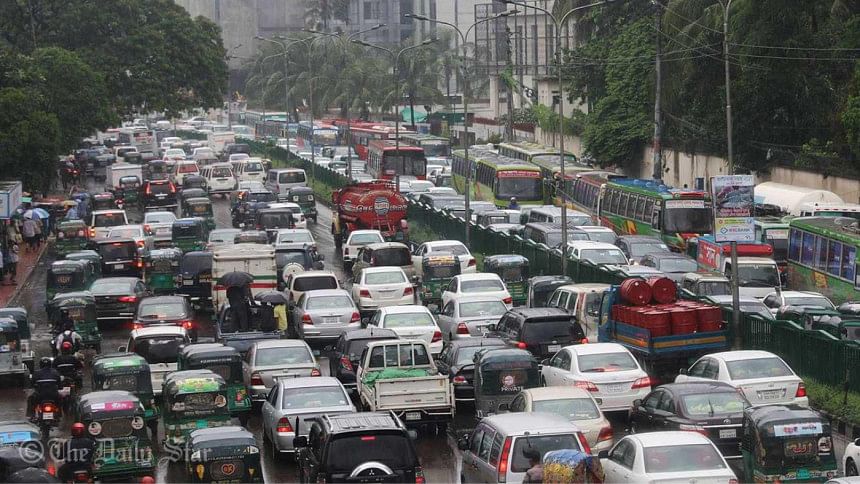A technological intervention for urban mobility

Dhaka's congestion and traffic problems are no secret. Transportation woes and endless jams account for great economic loss, and take up 3.2 million working hours per day according to a recent World Bank analysis.
A little more than a year ago, Uber was launched with the vision of helping reduce congestion by providing an alternative to individual car ownership. As the popularity of ridesharing apps continues to grow, we believe that technology can pave a path for sustainability in Dhaka.
Ridesharing technology in Dhaka has drawn the attention of the government, media and civil society in a way like never before. The good news is that there is an alternative to a world that looks like a parking lot and moves like a traffic jam. It's a world where more people share rides and take public transit. The question is: How do we build on the strong start we have made in Dhaka? Reconfiguring the stressed and overburdened urban mobility landscape is necessary, not only for the sake of productivity but also for the quality of life for the present and future residents of Dhaka.
Combating a widespread culture of personal car ownership is one way of looking at decongesting Dhaka and easing its traffic burdens. The unfolding transition to shared, zero-emission, and ultimately autonomous vehicles stands to have a big impact on citizens, businesses, their investments and livelihoods. Technology-driven social change is what we are aiming for, as people look at ridesharing with more trust. That trust will only grow when these mobility services are a better alternative than private car ownership. Our belief is that, accessible public transit in conjunction with on-demand ridesharing services can help disincentivise personal car ownership.
Our world has over a billion cars on the roads, and 96 percent of the time they go unutilised. Ridesharing can change the way Dhaka moves as utilisation of existing cars goes up, replacing the need for personal cars with the on-demand nature of the service. As more riders choose ridesharing services, in conjunction with a robust public transportation system, resources like cars, road space and time all stand to get better utilisation.
To be honest, when our founders started Uber, they weren't thinking about any of this. They were just excited about the idea that you could press a button on your smartphone and have a car turn up. It was only once Uber got going—and ridesharing took off—that we began to understand that today's transportation status quo is insufficient, inefficient and unequal.
Countries around the world are waking up to the potential of technology in solving urban congestion and traffic issues. We are encouraged by the increasing trust placed on the role of ridesharing in urban planning and mobility. The path to technological intervention in urban mobility is paved by a strong collaboration between technology players, government stakeholders and citizens. This is sure to make a difference.
Prabhjeet Singh is Regional General Manager, India (North/East/West) and South Asia, Uber.





Comments